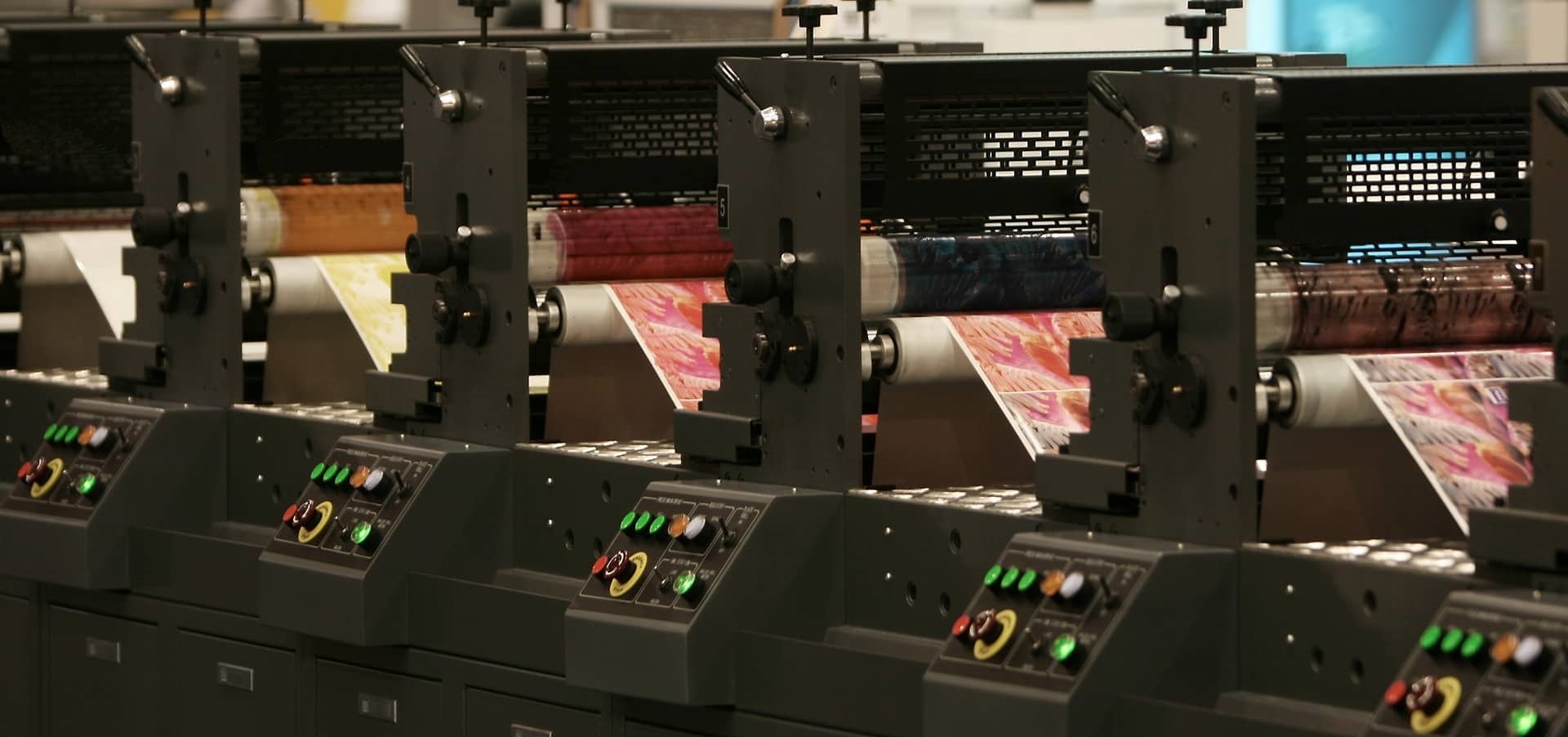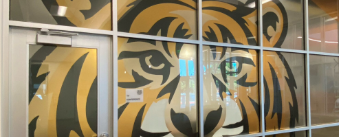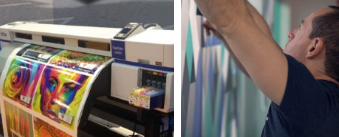
The commercial printing industry has been revolutionized by advances in printing technology, printing materials, software, and an increase in capital investments. Communication between clients and their print service providers has also been streamlined, enabling clients to have more control over the customization of their projects.
According to Printing Impressions, an online printing industry trade publication, commercial printing industry sales are expected to have grown by 1.5% to 3.0% by the end of 2018 after growing about 1.0% in 2017. Printing Impressions also noted that capital investments by print service providers has trended toward the digital, with 73.8% of firms investing in digital infrastructure like workstations, servers, and networks, and 57.3% of firms investing in workflow software in the last three years.
Despite these investments, commercial printing still remains a very competitive business. Print service providers can’t afford to slow down, and they need the best tools, materials, and people to avoid printing bottlenecks and maintain their edge.
Common Causes of Printing Workflow Bottlenecks
Printing bottlenecks occur for a variety of reasons, but a few causes are universal in the industry.
High Volumes of Small Jobs
Multiple small, customized printing jobs can cause bottlenecks and halt the flow of printers’ work. Often, these issues can be resolved through more efficient workflow software, automation, and with advanced communication software.
Legacy Systems and Lack of Automation
Despite increased investment in new printing systems, software, and automation technology, many legacy systems are still required to fulfill certain clients’ needs. The cost of new systems is also a challenge for some printing companies. These legacy systems and a lack of automation can sometimes cause bottlenecks in the printing process.
Inability to Recruit Required Skills
The commercial printing industry, like many other industries, is facing a marked shortage of skilled workers due to an aging workforce and a lack of skills training initiatives. The printing industry as a whole is working to solve this problem by increasing its marketing efforts towards young people and investing in more long-term training initiatives and apprenticeships. Print service providers can themselves look for alternative recruitment techniques or seek skilled workers in innovative ways, such as through online recruiting, marketing, or community outreach.
Difficult Printing Materials
Of course, one of the most common causes of commercial printing bottlenecks is material malfunction. In the case of printed window films and decorative window graphics, poor materials and substrates often result in buckling, scratching, or imprecise printing results. Typically, these problems can be solved through the proper calibration of printers, but when the material being printed upon itself is of poor quality, solving these problems can be a challenge.
Boosting Print Service Productivity with Quality Materials
A client that requires large-scale, custom-printed window films may not know much about what types of materials to use for their project. If you’re a print service provider, you’re in a unique position to provide them with material solutions that will suit their needs, provide them with a seamless end product, and provide you with a seamless printing experience.
LINTEC Digital Window Graphics are made from new materials which are compatible with the latest inkjet technologies, including UV curable inkjet printing, soft or light solvent jet printing, and decorative window film options. These durable window films are produced in clean facilities, so they are free of dust and particulates.
Consider adding LINTEC Digital Window Graphics printable window film products to your material library. You’ll have an exciting and reliable new offer for your printing clients and more quality materials to work with in your print shop. Request a free swatch book today, or contact us to learn more.



